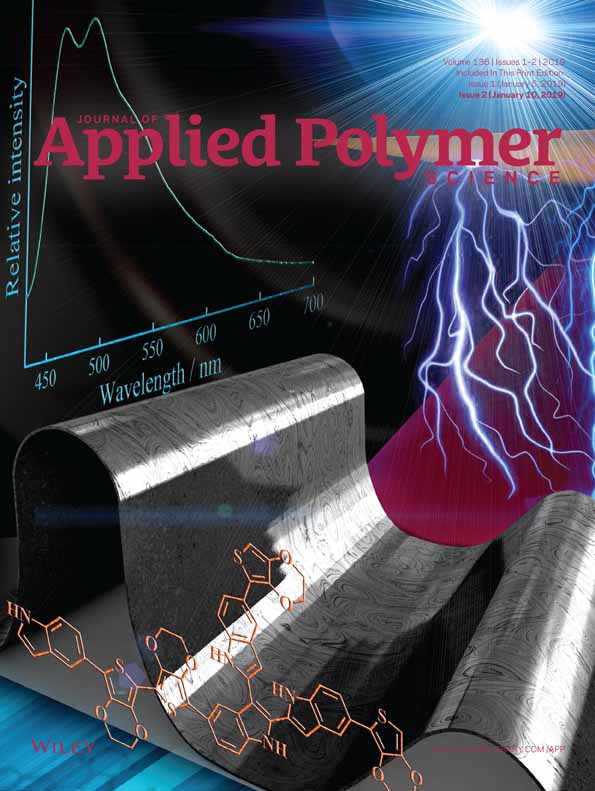Functionalization of poly(3-hydroxybutyrate) with different thiol compounds inhibits MDM2–p53 interactions in MCF7 cells
ABSTRACT
High-molecular-weight poly(3-hydroxybutyrate) (PHB) has a low reactivity toward its terminal functional groups. Thus, the chemical reactivity of PHB was enhanced by the chemical degradation that occurred via β-elimination through the functionalization of PHB with ethylene glycol to give a low-molecular-weight PHB–diol. The reaction of PHB–diol with acryloyl chloride gave PHB–diacrylate, which was grafted by thiol compounds, such as ethane dithiol, 2-mercaptoethanol, ethane thiol, dithiothreitol, butane thiol, and thioglycolic acid, via a Michael-type addition reaction. The chemical and thermal properties of the functionalized PHB–thiol products were characterized with Fourier transform infrared spectroscopy, 1H-NMR, gel permeation chromatography, differential scanning calorimetry, and thermogravimetric analysis techniques. X-ray diffraction showed that the PHB–thiol polymers had slight differences in crystallinity compared with neat PHB. The biological activities of the neat polymer and new PHB–thiol polymers, including the antibacterial and anticancer activities, were tested, and some of these products showed antibacterial and anticancer activities. These anticancer activities were attributed to the ability of these PHB–thiol polymers to induce apoptosis (as revealed by the higher expression of Bax and caspase 9 and the lower expression of Bcl2) and cell-cycle arrest in the G0/G1 phase, which is associated with the higher expression of p53 and p21 and the lower expression of the p53 inhibitor, MDM2. Thus, the anticancer effect of these PHB–thiol polymers may have been due to their ability to inhibit MDM2–p53 interactions. © 2018 Wiley Periodicals, Inc. J. Appl. Polym. Sci. 2019, 136, 46924.
CONFLICT OF INTEREST
The authors do not have a financial or personal relationship with other people or organizations that could have inappropriately influenced the content of this paper.




